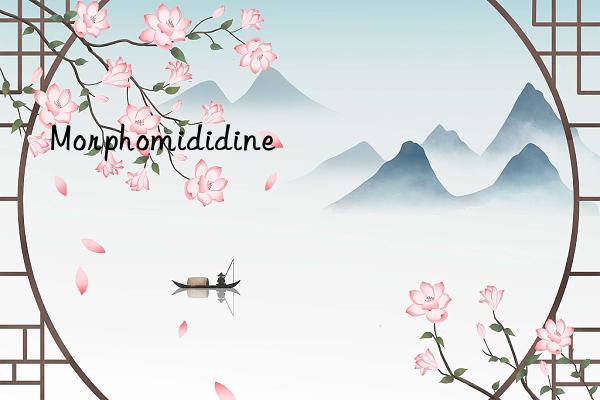
CAS:
3731-59-7 | | Molecular formula: | C6H13N5O·HCl |
| Molecular weight: | 207.67 |
| Melting point: | 211-214℃ |
| Chinese name: | | morpholine-amidine hydrochloride | | Morpholine guanidine hydrochloride | | Morpholine biguanide hydrochloride | | Virus | | Morpholine guanidine | | Morpholine biguanide | | Morpholine | | Morpholine hydrochloride | | Morpholine hydrochloride |
|
| English name: | | moroxydine | | N-(Aminoiminomethyl)-4-Morpholinecarboximidamide Hydrochloride |
|
| Description of properties: | White crystalline powder. Melting point 206-212°C (decomposition). Soluble in water, slightly soluble in ethanol, ether, almost insoluble in chloroform. Odorless, slightly bitter taste. |
| Production method: | It is obtained by addition of morpholine (see 25940) hydrochloride and dicyandiamide. The 80-85% concentrated solution of morpholine hydrochloride is heated together with xylene, stirring and refluxing with water until it is exhausted. After cooling, add dicyandiamide, heat up, and stop heating immediately when a violent reaction begins. After the reaction eased, the reflux was continued for 3 hours. Evaporate xylene, add water to dissolve, decolorize with activated carbon, soak and wash the obtained crude product with ethanol, and dry to obtain the finished product. The yield is about 70%. |
| Usage: | This product is an antiviral drug. It plays an antiviral role by inhibiting the synthesis of nucleic acid and lipoprotein, and is effective against influenza A2 and B viruses. |




 微信扫一扫打赏
微信扫一扫打赏
